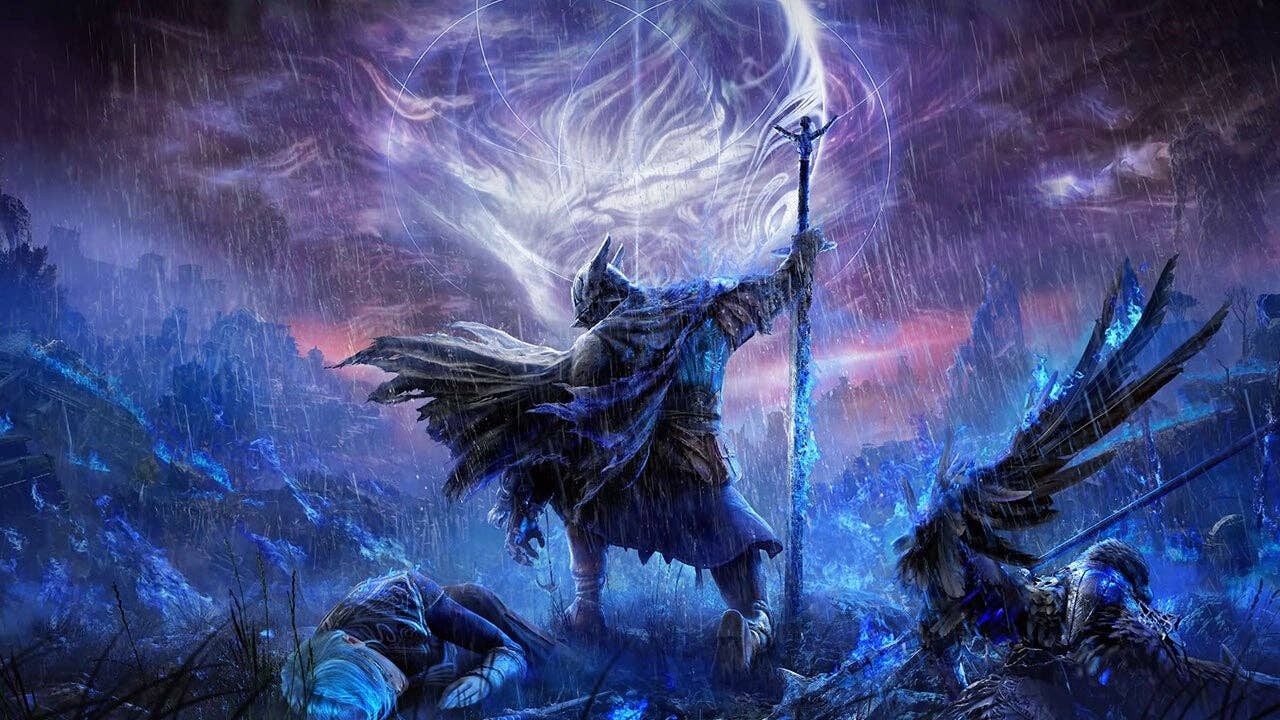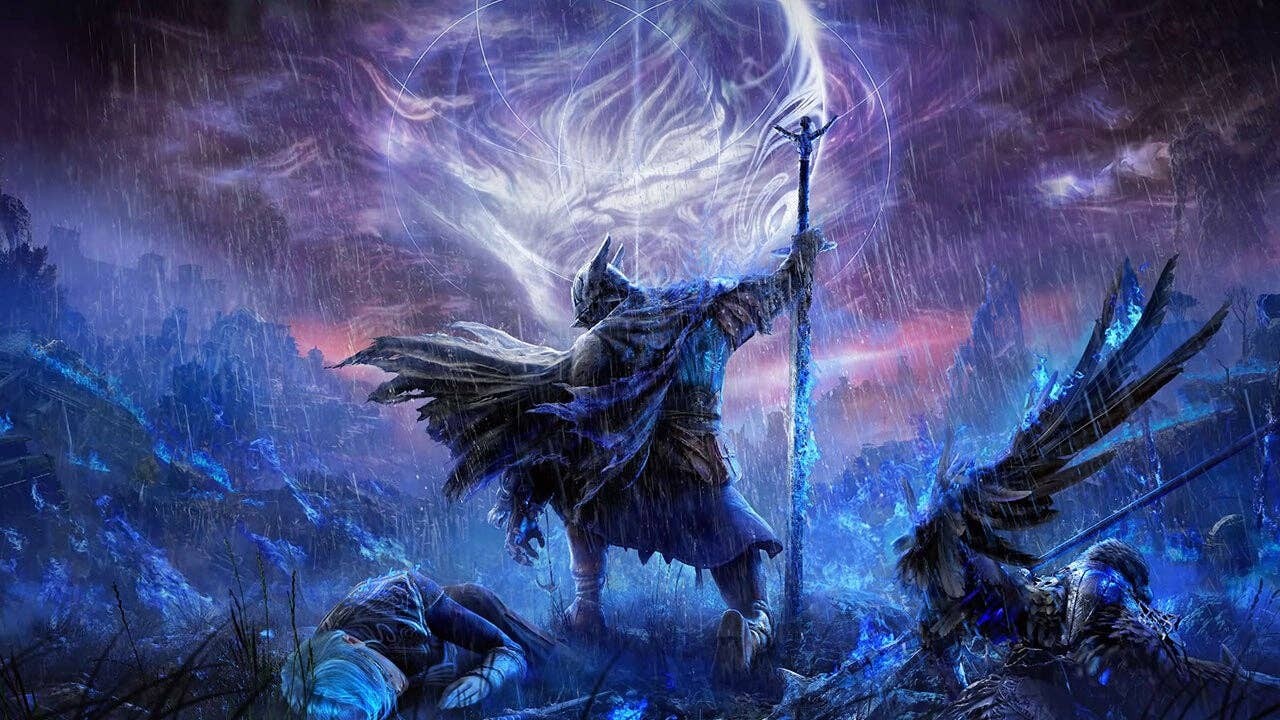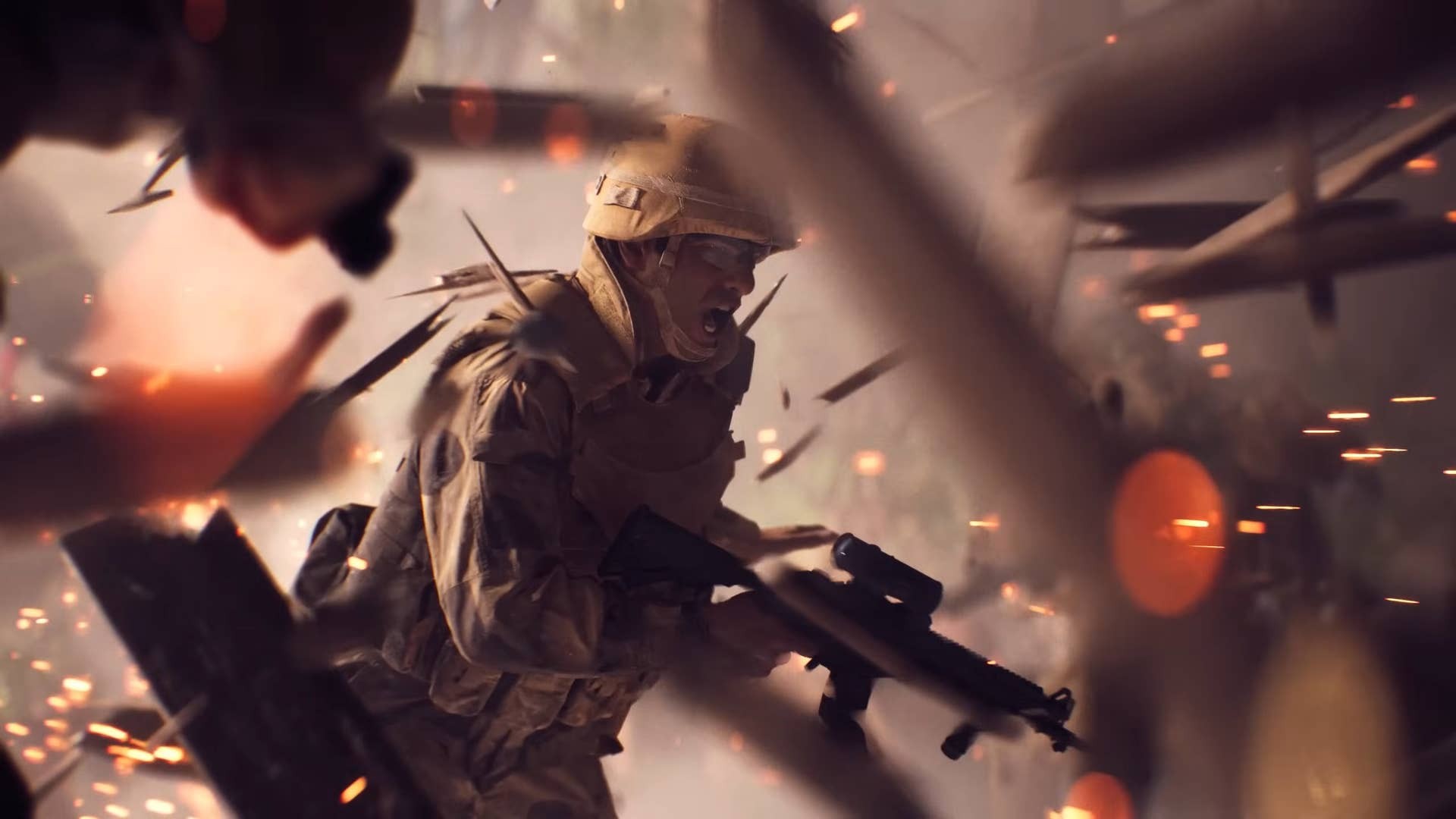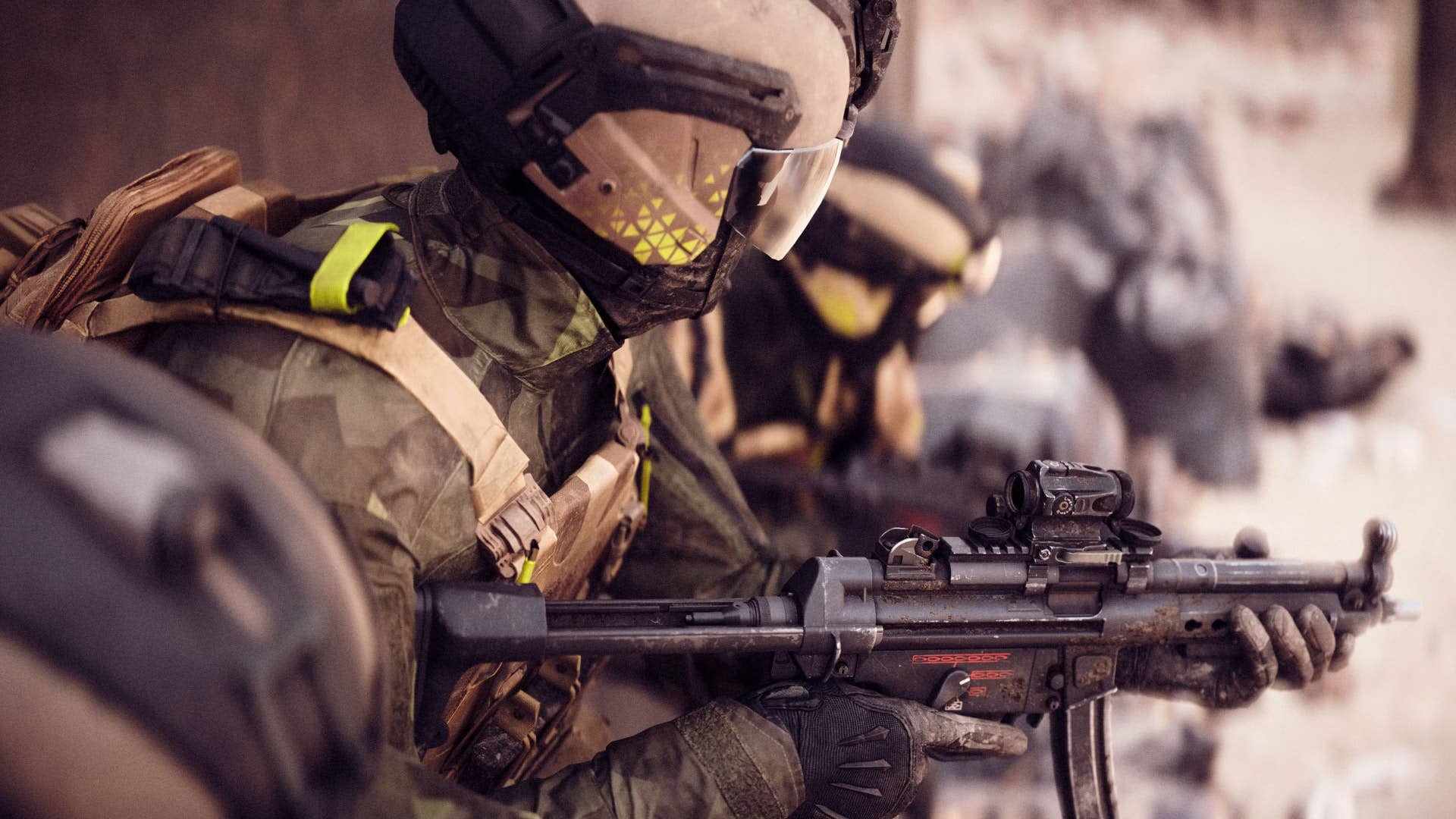This is why it takes too damn long to revive a downed Elden Ring Nightreign player with three segments

The gaming world has always been captivated by FromSoftware’s ability to deliver challenging and immersive single-player experiences. With the release of Elden Ring Nightreign, the studio embarks on a new journey into multiplayer territory, creating a buzz around its unique mechanics. As intriguing as this shift is, players have raised concerns about the lengthy revival process in the game, which seems to have a deeper, intentional design than meets the eye.
Understanding the Revival Mechanics
In Elden Ring Nightreign, reviving a downed player involves a process that can be both strategic and frustrating. The revival system is segmented into three distinct phases, each requiring careful execution under pressure. The first phase involves stabilizing the player’s health, the second involves a timed interaction to bring them back into action, and the third requires the coordination of teammates to ensure successful revival.
According to a detailed analysis from VG247, the revival system is designed to mimic the intense decision-making moments found in roguelike and battle royale games. The staggered approach to revival not only emphasizes teamwork but also introduces a layer of strategy that challenges players to weigh the risks and rewards of attempting a revival under fire.
The Strategic Depth of Revival
FromSoftware’s decision to implement such a complex revival system is not without purpose. It forces players to engage in deeper strategic planning, considering not only the immediate need to revive a fallen comrade but also the long-term implications of doing so. In a game where survival hinges on every decision, the revival mechanic becomes a pivotal point of gameplay.
This system also encourages players to communicate effectively, fostering a sense of camaraderie and teamwork that is crucial in multiplayer settings. The need to coordinate and execute a revival under pressure pushes players to develop and refine their strategies continuously.
Comparisons with Other Multiplayer Games
When compared to other popular multiplayer titles, Elden Ring Nightreign’s revival system stands out for its complexity and depth. In games like Apex Legends or Fortnite, reviving a teammate is often a quicker, more straightforward process. However, the added complexity in Nightreign serves to heighten the stakes and immerse players further into the game’s atmospheric world.
While some players may find the extended revival process frustrating, others appreciate the added challenge and the sense of accomplishment that comes with successfully reviving a teammate under dire circumstances. This balance of frustration and satisfaction is a hallmark of FromSoftware’s game design philosophy, which has consistently pushed players to their limits.
The Future of Elden Ring Nightreign
As the game continues to evolve, it will be interesting to see how the community adapts to and embraces the revival mechanics. Will players develop new strategies to optimize revival times, or will FromSoftware tweak the system in response to player feedback? These questions add an exciting layer of unpredictability to the game’s future.
In conclusion, the revival system in Elden Ring Nightreign is a testament to FromSoftware’s commitment to innovation and challenge in multiplayer gaming. It forces players to think critically, act strategically, and work collaboratively, all while navigating the dark and mysterious world that the studio is renowned for crafting.
As we look to the future of multiplayer gaming, one must ponder whether other developers will follow suit and introduce similar mechanics, or if Elden Ring Nightreign will remain a unique beacon of innovation in a crowded field. Only time will tell, but one thing is certain: FromSoftware has once again set a new standard for what players can expect in terms of challenge and engagement.
Elden Ring Nightreign, FromSoftware, multiplayer gaming, revival mechanics, game strategy, roguelike elements, battle royale, player coordination, gaming innovation, game design challenges
Image source: Original Article





